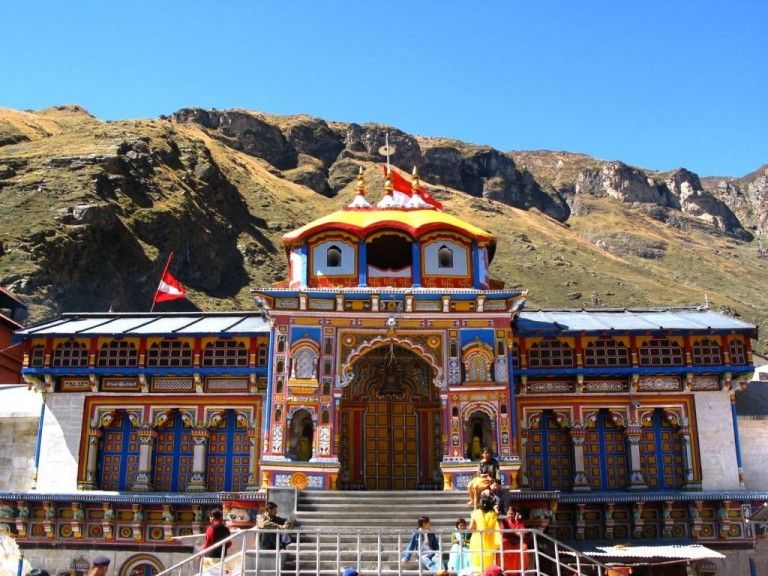Have you ever been to Badrinath? If not but wish to explore then read this traveling guide to Badrinath to plan a hassle-free religious tour.
Badrinath is one of the Char Dham of Hindu and popular for Badrinath Temples. It sits in the Chamoli district of Indian State Uttarakhand and enjoys the location of Garhwal hills on the bank of Alaknanda River. The hamlet of Badrinath lies between the Nar and Narayana mountain ranges. This holy shrine is located 301 Kms far from Rishikesh and the shadow of Neelkanth peak falls over it.
According to Hindu Mythology (as written in Bhagavad Purana) Lord Krishna tells his friend and devotee ‘Uddhava’ that in the Kaliyuga people will be able to find him at Badrikashram, now the Badrinath. He ordered Uddhav to take his sandals and place in the Badrinath Yatra. It is believed that the great sages Nara and Narayan are still practicing Tapasya for the well being of humans. The mountains around the holy shrine are mentioned in the Great Indian epic story Mahabharata. According to the saga when Pandavas were heading towards the peak of slopes “Swargarohini” to end their life in the western Garhwal they passed through Badrinath Yatra and Mana Town. Mana is located 4 Kms from Badrinath Dham and houses a cave where legend says - rishi ‘Ved Vyasa’ wrote Mahabharata. In the Padma, Purana Badrinath is mentioned as a place of spiritual treasure. With such an illustrious legend the reason for the popularity of the Badrinath tour can easily be understood.
Shri Badrinath is located at an elevation of 3415 meters above sea level and situated near the Indo-China border. Either proceed the journey from Kedarnath side which is one of the Char Dhams or from Hemkund Sahib - a famous Sikh holy shrine, it takes two days to be there. Badri refers to the berries available in the area and Nath refers to Lord of - “berries” which means the name of the place is derived from abundantly available fruit of the area. Adi Shankara re-established the Badrinath in the 9th century.
During the ninth century, Adi Shankara discovered a black image of Lord Badrinarayan made of Shaligram stone near the Alaknanda River. He placed it in the cave near Tapt Kund. However, in the sixteenth century, Garhwal king transferred the idol to the present location. In the 17th century, the temple had a date with the avalanche, thereafter several renovations were done and the temple shrine expanded as well. Other damage caused when the Himalayan earthquake erupted in the year 1803. The damage was rectified by the King of Jaipur. The architecture of the temple has a striking similarity with Buddhist Vihara. Fifty ft. temple is topped with a cupola. Intricate carvings cover the walls and pillars of mandapa. Badrinath's main image is regarded as the first Tirthankar, Rishabhanatha by Jains. No wonder then that the tour of Badrinath is so famous and evokes such strong devotional feelings.
It indeed is a testimony to the attachment that people feel towards Badrinath that Badrinath Yatra is so popular amongst the masses. Amongst all the religiously popular places in India, it can be said without any doubt that Badrinath Dham is amongst the most popular. It is for this reason that a tour of Badrinath sees a huge congregation of devotees. This huge fan following firmly established the Badrinath temple tour as one of the most sought-after pilgrimage tours in the country. The importance of this tour can be gauged from the fact that though it is in practice for centuries its popularity has not faded one bit and judging by the response that Badrinath Yatra Packages is garnering it can safely be said that coming days and years would see its popularity grow even more.
Timings
The temple shrine and surrounding locations are easily accessible via road. Months from June to September are the best time to visit Badrinath.





